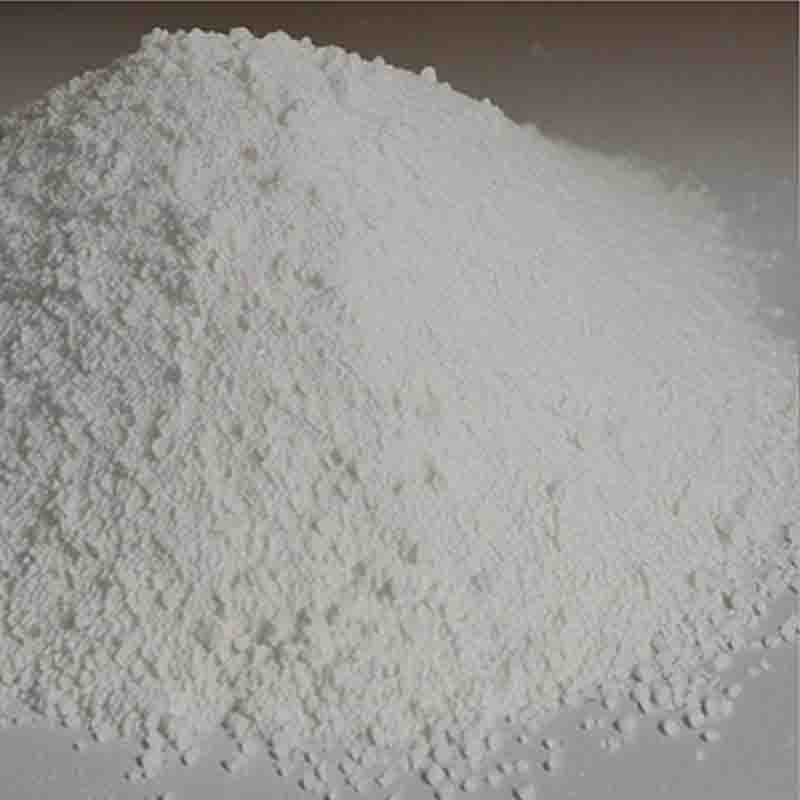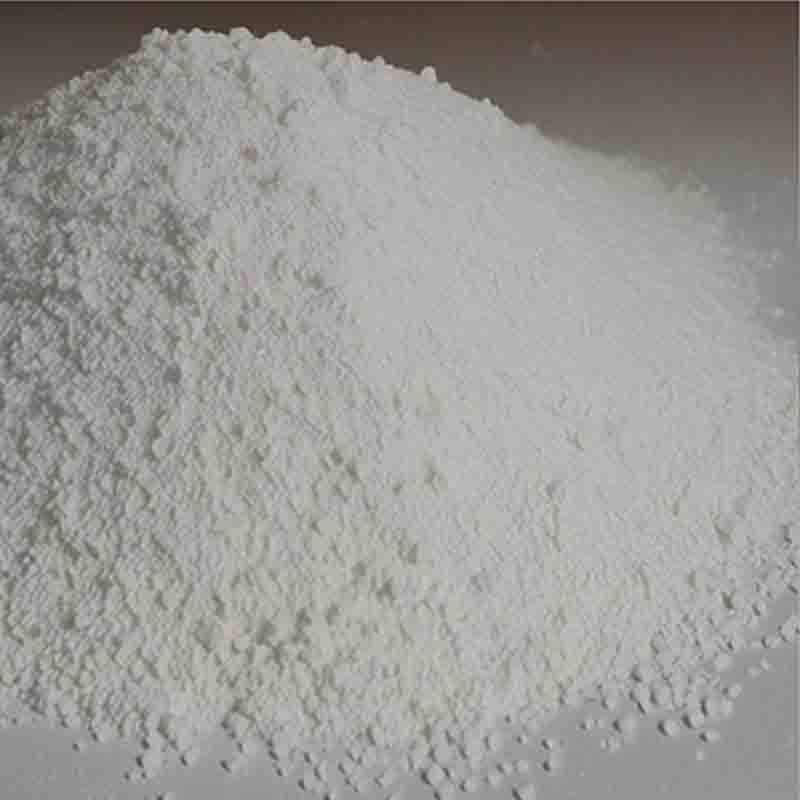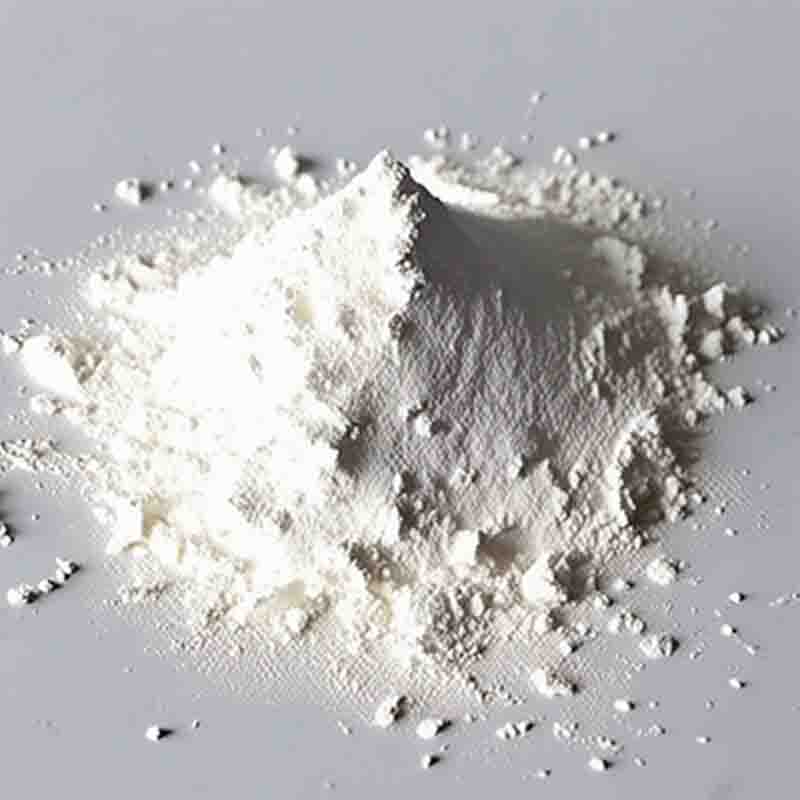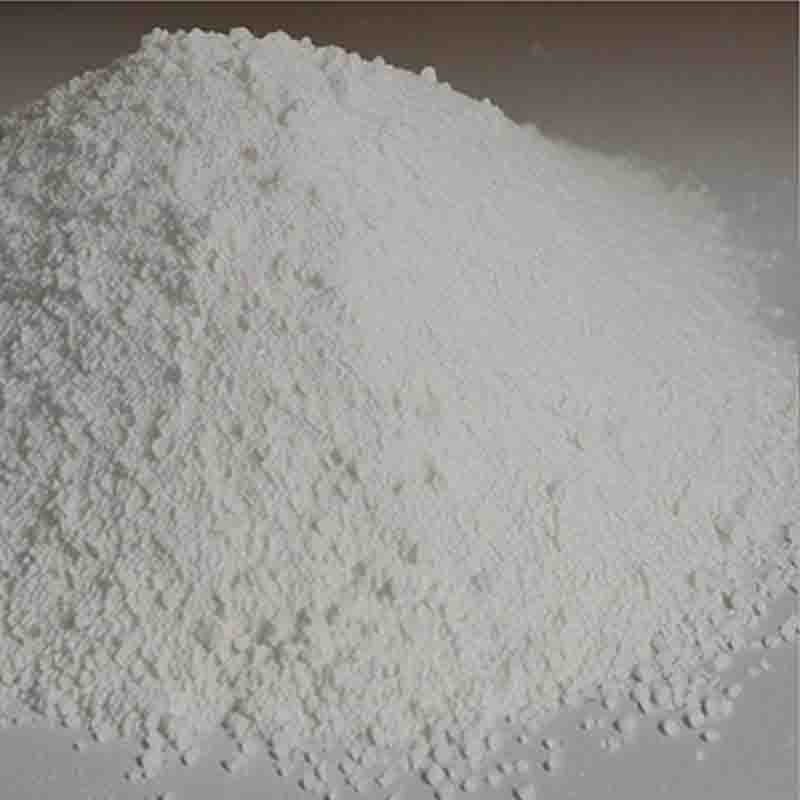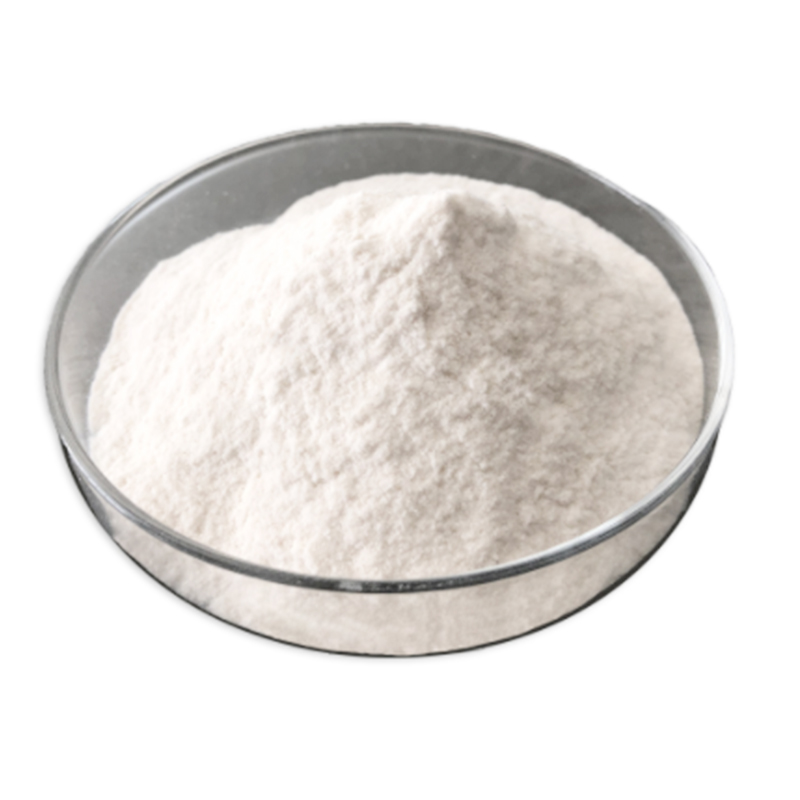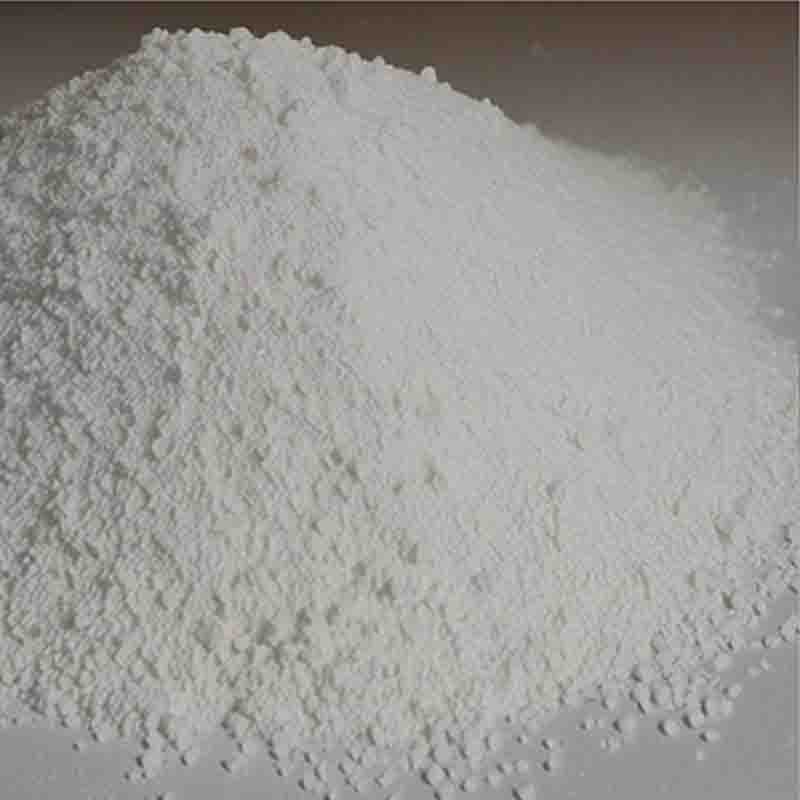Boc-cis-Hyp-OMe CAS:102195-79-9
| Catalog Number | XD94727 |
| Product Name | Boc-cis-Hyp-OMe |
| CAS | 102195-79-9 |
| Molecular Formula | C11H19NO5 |
| Molecular Weight | 245.27 |
| Storage Details | Ambient |
Product Specification
| Appearance | White powder |
| Assay | 99% min |
Boc-cis-Hyp-OMe, also known as N-Boc-cis-4-hydroxyproline methyl ester, is a compound that belongs to the family of protected amino acids. It has unique effects and applications due to its chemical structure and functional groups.One significant effect of Boc-cis-Hyp-OMe is its potential in peptide synthesis. The N-Boc protecting group is commonly used in organic synthesis to protect the amino group of amino acids. In the case of Boc-cis-Hyp-OMe, this protecting group allows for selective functionalization of other parts of the molecule, while providing stability to the amino acid backbone. This makes it highly valuable in peptide synthesis, allowing for the construction of specific peptide sequences with desired properties.Furthermore, the cis configuration of the hydroxyproline residue in Boc-cis-Hyp-OMe is of great interest in peptide chemistry. The cis conformation of the hydroxyproline residue can induce structural constraints in peptides, leading to enhanced rigidity and stability. This can have a significant impact on the secondary structure and overall conformation of peptides, making them more resistant to enzymatic degradation and potentially improving their binding affinity to biological targets.In addition to its applications in peptide synthesis, Boc-cis-Hyp-OMe may also possess biological activities on its own. Hydroxyproline residues, like those present in Boc-cis-Hyp-OMe, are frequently found in collagen, the main structural protein in connective tissues. This suggests that Boc-cis-Hyp-OMe may play a role in modulating collagen-related processes, such as wound healing, tissue regeneration, and matrix remodeling. Further research is needed to fully understand the extent of these effects and their potential therapeutic applications.Overall, Boc-cis-Hyp-OMe offers valuable opportunities in peptide synthesis and potentially in modulating collagen-related biological processes. Its N-Boc protecting group allows for selective functionalization, making it versatile in peptide chemistry. The cis configuration of the hydroxyproline residue contributes to peptide conformational constraints, potentially improving stability and target binding. Continued investigation of Boc-cis-Hyp-OMe's effects and applications can contribute to the development of innovative peptide-based therapeutics and understanding of collagen biology.


